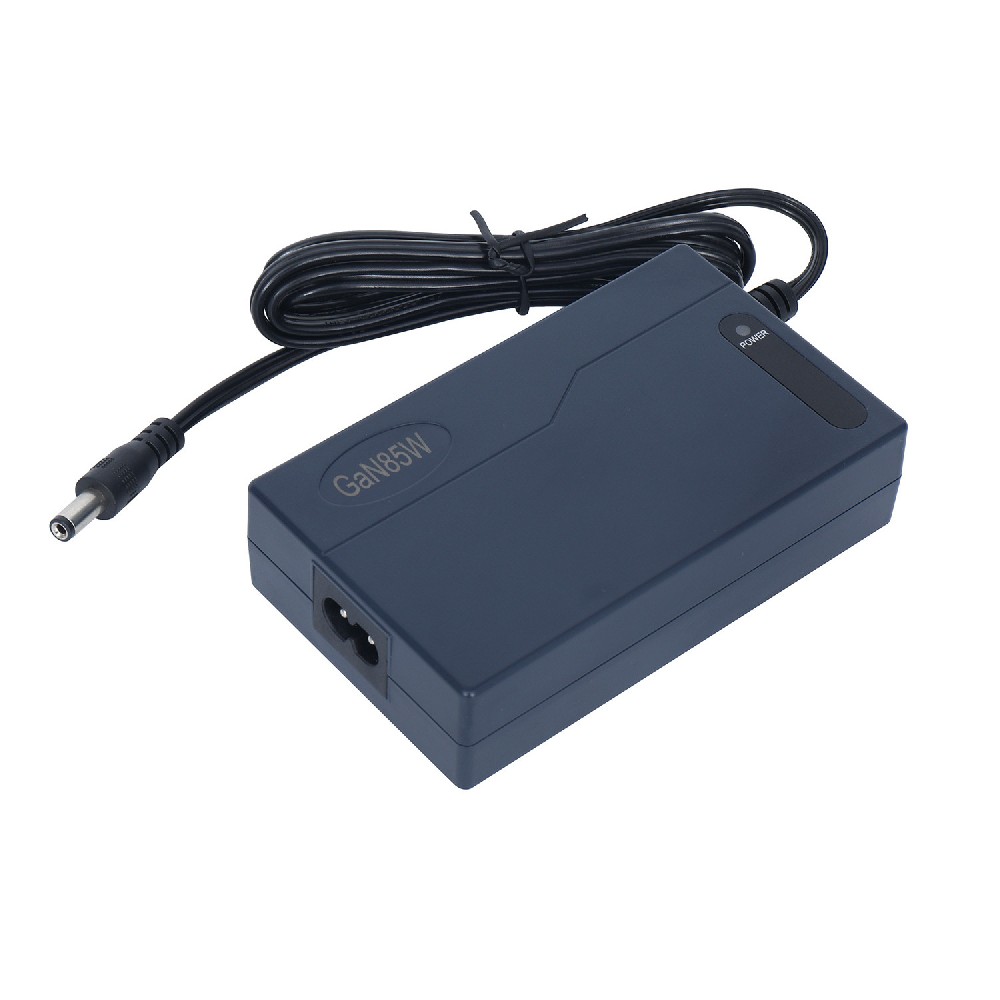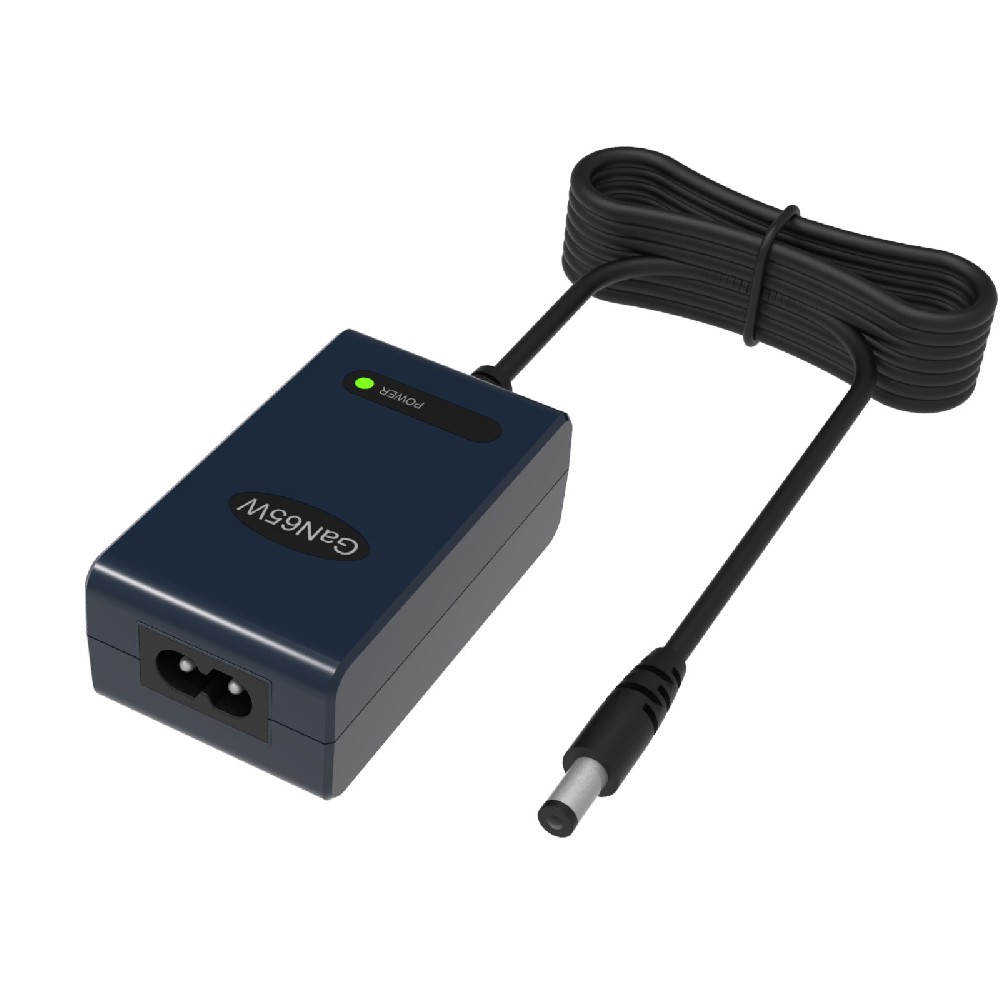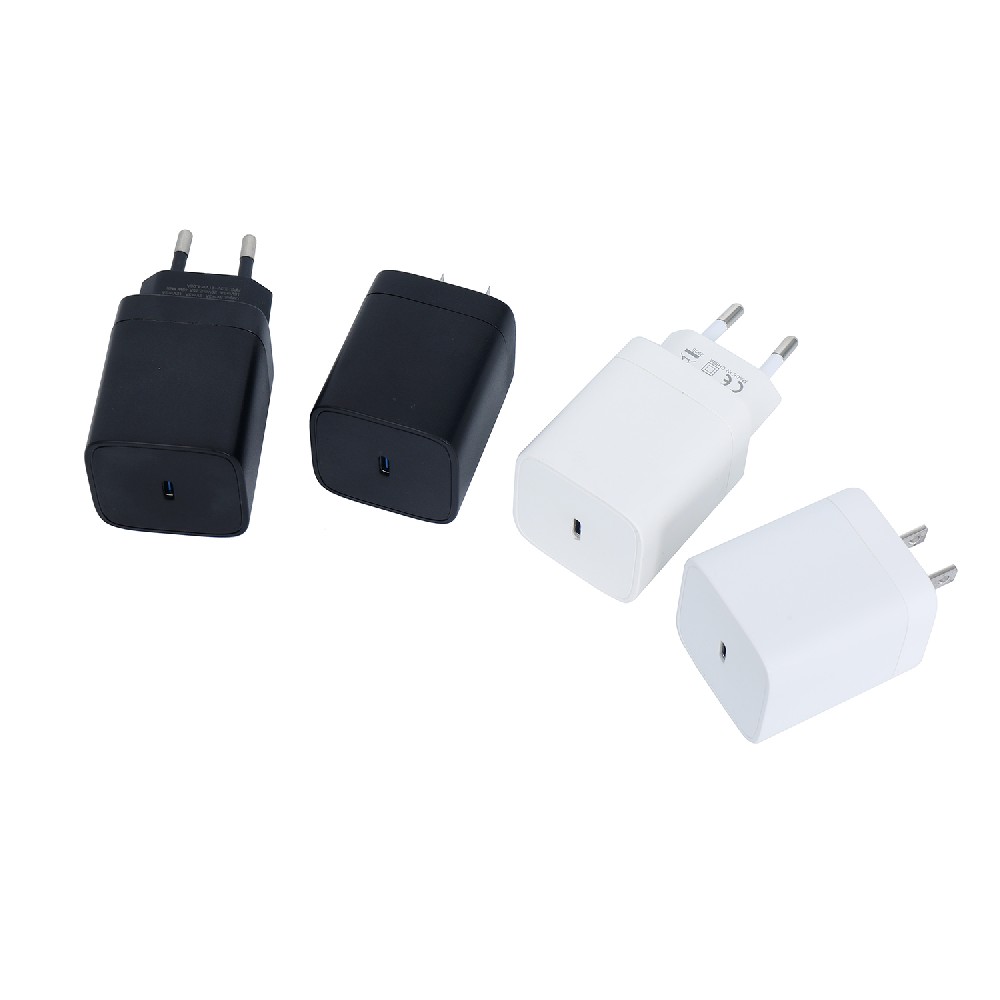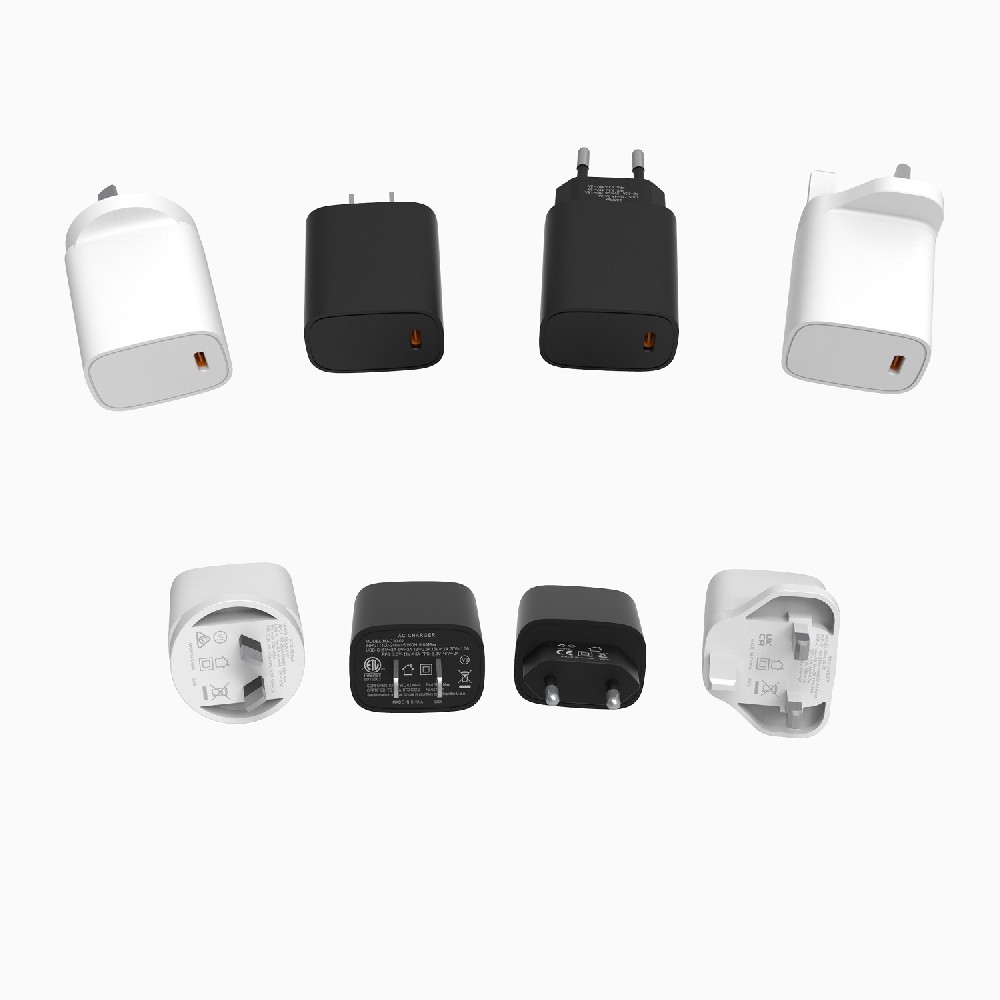Information Center
The Essential Component of Battery-Powered Devices: The Importance of Battery Charger Circuits
Published:2023-06-12 10:35:44 Author:Green WCND Views:52A battery charger circuit is an essential component in any battery-operated device. It is responsible for regulating the flow of current to the battery, ensuring that it charges correctly and efficiently. With the advent of portable electronic devices such as mobile phones, tablets, and laptops, battery charger circuits have become even more critical.

A battery charger circuit works by converting the AC power from a standard electric outlet into a DC voltage that the battery can accept. The charger circuit uses a series of electronic components, such as diodes, capacitors, and resistors, to regulate the flow of current. A transformer is also required to step down the 120V AC from the outlet to a lower voltage that is suitable for the battery.

There are two main types of battery charger circuits: linear and switching. A linear charger circuit is simpler and less expensive to implement, but it is less efficient than a switching circuit. A switching charger circuit is more complex but provides greater efficiency and is faster at charging the battery.
The charging process for a battery is typically divided into three phases: bulk, absorption, and float. During the bulk phase, the battery receives a constant current until it reaches a certain voltage level. At this point, the charger switches to the absorption phase, in which the current is gradually reduced as the battery voltage increases. Finally, during the float phase, the charger maintains a low-level current to keep the battery fully charged.
One important consideration when designing a battery charger circuit is safety. Lithium-ion batteries, which are commonly used in portable electronic devices, can be dangerous if they are not charged properly. Overcharging or overheating can result in the battery exploding or catching fire. To prevent this, charger circuits often include safety features, such as over-voltage protection, over-current protection, and temperature monitoring.
Another factor to consider is the size and weight of the charger circuit. In portable devices, space is often at a premium, and the charger circuit must be small and lightweight. This can be achieved by using surface-mount components and integrating the circuit board into the device’s design.
In conclusion, a battery charger circuit is a vital component in any battery-operated device. It ensures that the battery is charged quickly and safely, and it can be designed to fit the specific needs of the device. With the increasing importance of portable electronic devices in our daily lives, the battery charger circuit will continue to play a crucial role in powering these essential tools.
IntroductionGolf carts serve as vital transportation tools on golf courses, and their performance and reliability are crucial for enhancing player experience an···
The battery pack is the heart of a golf cart, silently powering every acceleration and climb on the green. However, battery degradation often goes unnoticed, mu···
The battery pack is the heart of a golf cart’s power system, yet maintaining it has long been a challenge for technicians. Traditional troubleshooting methods—···
For golf course managers, ensuring smooth and efficient operations is crucial for providing a memorable experience for golfers and maintaining the reputation of···





